What is a car registration number?
So that probably sounds like a daft question to some, but bear with us.
The language of private number plates can be a bit confusing to the uninitiated. Number plates enthusiasts and we, the dealers, probably don't help. Even though the registration number assigned to your car and the (usually) plastic number plates that display it are two very different things, we often use terms that blur the distinction.
Registration nearly always refers to the actual number that identifies your car in DVLA's records, and which is displayed on your plastic number plates. There, that bit is nice and straightforward! However, the term 'number plate' or variants such as 'private number plate', 'personal number plate' can mean the registration number, the plastic number plate or both.
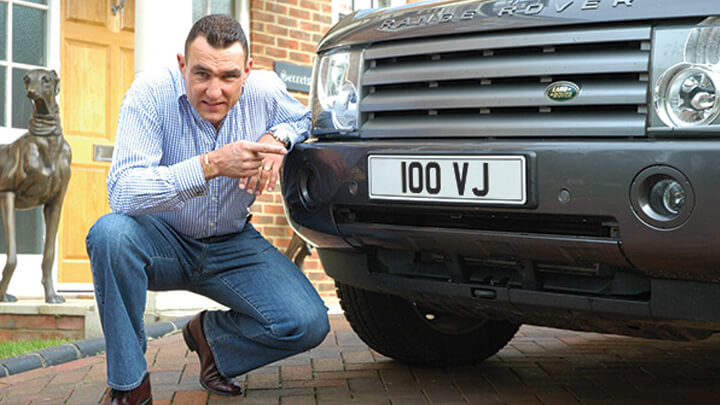
First registrations
When your car is first registered, the registration it is given is an identification code that does several things.
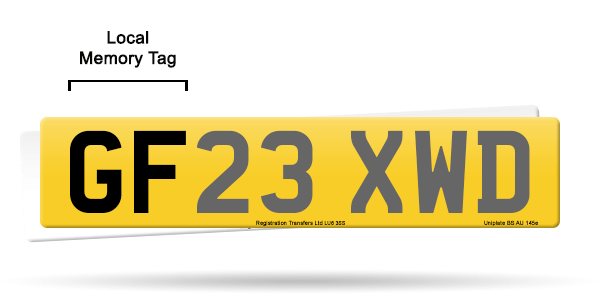
Location
The two-letter regional identifier called the Local Memory Tag shows approximately where, geographically, the car was registered.
Local Memory Tag GF = Maidstone
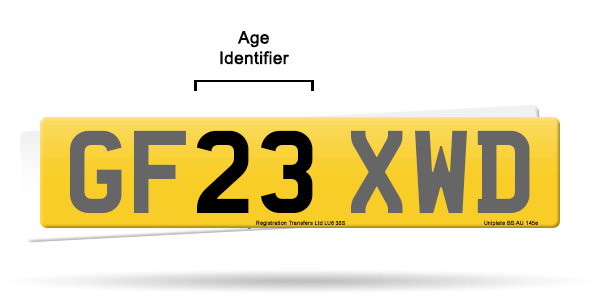
Date of first registration
The Age Identifier shows the date that the car was first registered. For practical purposes this defines the official age of the car.
Age Identifier 23 = 2023 (Mar 2023 - Aug 2023) Details
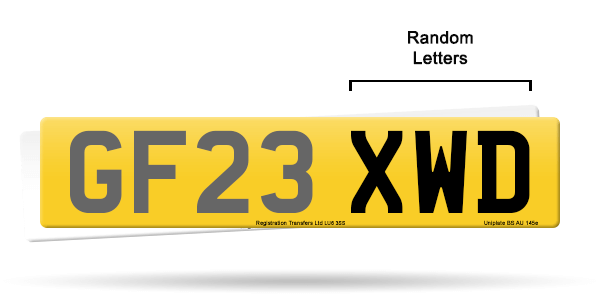
Identification
The addition of Random Letters provide you and the authorities a way of identifying your car and telling it apart from all the others.
Local Memory Tag + Age Identifier + Random Letters = Unique identification
For more details on the character codes used to show this information, please see number plates rules.
When you buy a private registration and change your number plates, the Age Identifier or Random Letters may not be shown. While you may, of course, purchase a number that bears the same date and location codes as the original number, this is vanishingly rare.
People usually buy registrations that are quite different - often with the intention to hide the age of their cars. While the car registrations regulations don't allow you to make a car look newer by showing a more recent date code, there is no ban on hiding the car's age altogether by assigning a number in a format that has no year code.
Private registrations are different
As the plates are the tangible result of the purchase, it's not surprising that the language we use focuses on that - on the visible, touchable item that shows we got something for our money.
The two things, the registration itself and the plates that display it, are distinct from each other and they each have different rules and regulations that must be observed.
If someone says “I'm going to get private plates for my car”, then they really mean that they're going to purchase a private registration number and have it transferred onto their car to replace the number that is currently assigned. Of course, they'll need to buy the physical, plastic plates too, in order to display that new registration.
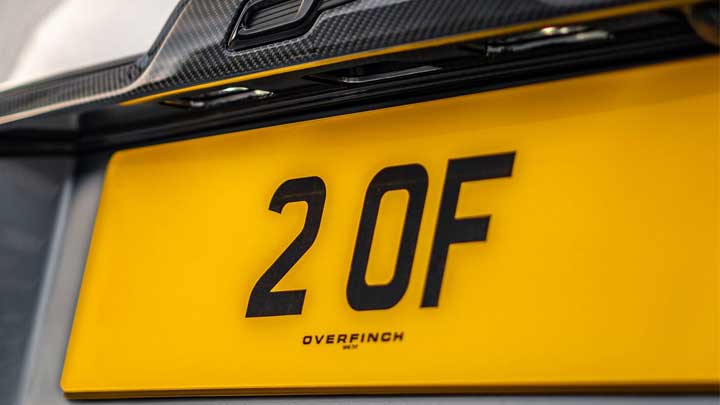
So, as we've seen, the car's registration number is its official identity and the vehicle gets it when it is first registered. A private or personalised registration number (what we usually mean when we speak of 'private number plates') is a registration other than the one the car is initially given. It is a registration that one chooses as an alternative to the car's random, meaningless original number.
Private registrations can be names, initials, words, or anything else that can be represented by one of the available combinations of numbers and letters. Some people choose registrations with no specific meaning because they can be used to hide the age of a car. Thus, dateless registrations are yet another option.
Share this...